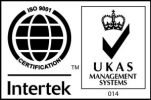Polymer foreign body detection in the food processing industry
Foreign body contamination in food products is a major area of concern for food processors/manufacturers. Examples of foreign body inclusions are fragments of metal, bone and glass as well as [...]






